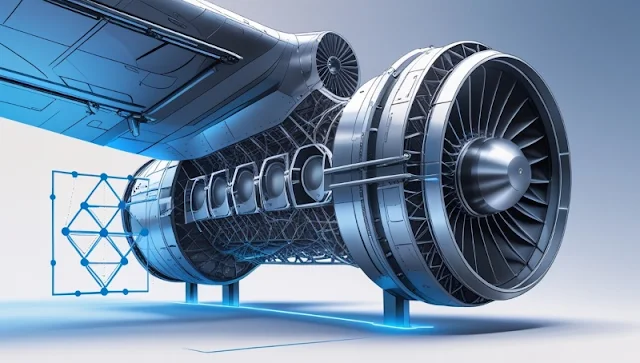Metals have always played a critical role in the development of aerospace engineering. From the very first airplanes to the most advanced spacecraft, metals have been at the heart of the design, durability, and performance of aerospace components. Understanding the role of metals in this high-stakes field reveals why selecting the right material is crucial for the safety, efficiency, and success of aerospace missions.
Key Metals Used in Aerospace Engineering
Several types of metals are used in the aerospace industry, each chosen for its specific properties and suitability for different applications.
1. Aluminum
Aluminum is one of the most widely used metals in aerospace engineering due to its excellent combination of strength, lightness, and resistance to corrosion. It is primarily used for:
- Aircraft fuselage and wing structures
- Fuel tanks
- Engine components
Its low density and high strength-to-weight ratio make it an ideal material for reducing overall aircraft weight, which improves fuel efficiency and performance.
2. Titanium
Titanium is known for its exceptional strength, low weight, and high resistance to heat and corrosion. It is used extensively in:
- Jet engine components
- Airframe structures
- Exhaust systems
Titanium alloys are often used in parts exposed to extreme temperatures, such as engine components, due to their ability to withstand heat without weakening.
3. Steel
Steel, especially high-strength alloys, plays a vital role in aerospace engineering where strength is paramount. Its use includes:
- Landing gear
- Structural reinforcements
- High-stress engine parts
While steel is heavier than other metals, its high tensile strength makes it indispensable in high-load-bearing parts of the aircraft and spacecraft.
4. Nickel Alloys
Nickel-based alloys are known for their high resistance to heat, making them essential for parts that endure extreme thermal conditions. Common applications of nickel alloys include:
- Gas turbine engines
- Heat exchangers
- Combustion chambers
These alloys are designed to withstand high temperatures and pressure, which are common in rocket engines and advanced aircraft propulsion systems.
Advantages of Metal Usage in Aerospace Engineering
- Strength and Durability: Metals like steel and titanium offer unmatched strength, crucial for structural integrity in harsh environments.
- Corrosion Resistance: Aluminum and titanium are corrosion-resistant, ensuring the longevity of aircraft and spacecraft components even in challenging weather conditions or space environments.
- Lightweight Properties: Materials like aluminum and titanium help reduce weight, enhancing fuel efficiency and flight performance.
- Heat Resistance: Metals such as titanium and nickel alloys are designed to withstand extreme temperatures, making them ideal for engine components and high-performance applications.
Challenges in Aerospace Metal Selection
Choosing the right metal for aerospace applications isn't as simple as picking the strongest or lightest material. Several challenges influence the selection process, including:
- Cost Considerations: While metals like titanium and nickel alloys offer excellent performance, they are expensive. Balancing cost with performance is a crucial decision for aerospace engineers.
- Complex Manufacturing: Some metals, like titanium, can be difficult to fabricate due to their hardness and properties. This can increase production time and cost.
- Fatigue Resistance: Materials used in aerospace must endure constant pressure and vibration, making fatigue resistance a key factor in material selection.
The Future of Metals in Aerospace Engineering
As aerospace engineering continues to evolve, the demand for new and advanced materials is growing. Innovations in metal alloys, such as titanium aluminides and advanced composite materials, are likely to shape the future of aviation and space exploration. These materials will provide even better performance in terms of strength, weight, and resistance to extreme conditions.
Furthermore, the recycling and sustainability of aerospace materials are becoming more important. The aerospace industry is exploring ways to use recycled metals and reduce waste, contributing to environmental sustainability while maintaining performance standards.
Conclusion
Metals will continue to play an essential role in aerospace engineering for the foreseeable future. Whether it is aluminum for lightweight airframes, titanium for high-temperature applications, or steel for structural strength, the right metal is critical for the success of aerospace missions. By continually exploring new alloys and material technologies, aerospace engineers ensure that aircraft and spacecraft remain safe, efficient, and capable of meeting the ever-growing demands of air and space travel.


